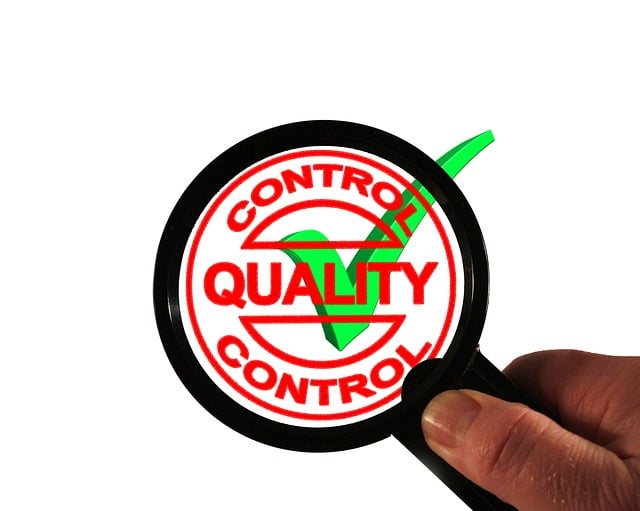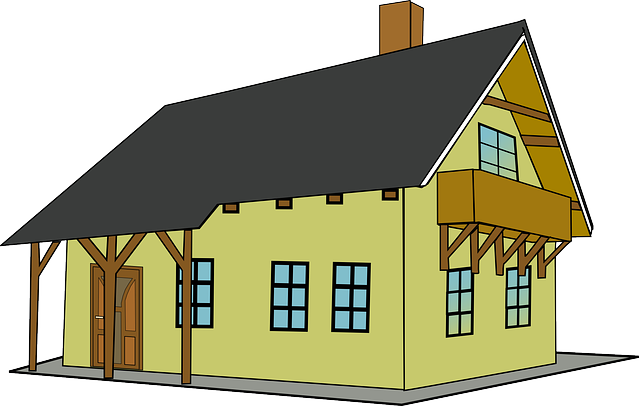In real estate, understanding mold's impact on home value is crucial. Mold thrives in damp, dark spaces like basements, bathrooms, and kitchens, causing damage and reducing property aesthetics. The presence of mold lowers market appeal and may lead to lower appraisals and offers. To preserve home value, proactive measures include proper ventilation, moisture control, and regular inspections. Identifying visible signs of mold promptly addresses health risks and prevents financial losses. Costs for remediation range from a few hundred to several thousand dollars based on severity. Legal implications exist for undisclosed mold issues, with transparent disclosures protecting both sellers and buyers. Regular cleaning, addressing water leaks, and proper ventilation are key to mitigating mold-related problems and protecting home value.
“In the real estate market, understanding common mold problems is essential for both buyers and sellers. This comprehensive guide explores the widespread impact of mold on home value and provides insights into its various manifestations. From identifying visible signs to delving into hidden costs of remediation, we navigate the legal implications and disclosures that surround this issue. Learn how to prevent mold-related headaches and protect your investment in today’s competitive market.”
- Understanding Mold and Its Impact on Home Value
- Common Areas for Mold Growth in Real Estate
- Identifying Visible Signs of Mold
- The Hidden Costs of Mold Remediation
- Legal Implications and Disclosures in Real Estate Transactions
- Preventative Measures to Avoid Mold-Related Issues
Understanding Mold and Its Impact on Home Value

Understanding mold and its impact on home value is crucial in real estate transactions. Mold, a type of fungus, thrives in damp and dark environments, often found in areas like basements, bathrooms, and kitchens. It can grow on various surfaces, including walls, ceilings, and even behind drywall, causing significant damage if left unchecked. Not only does mold detract from the aesthetics of a property, but it also poses health risks to occupants, triggering allergies, respiratory issues, and other illnesses.
In terms of home value, the presence of mold can significantly reduce a property’s market appeal. Homebuyers are typically wary of homes with mold issues due to the potential for extensive repairs and ongoing maintenance. Real estate agents and appraisers also consider mold a red flag during inspections, which can lead to lower appraisal values and reduced offers. Addressing mold problems proactively through proper ventilation, moisture control, and regular inspection is essential to maintain and preserve home value in the long term.
Common Areas for Mold Growth in Real Estate

Mold growth is a significant concern in real estate transactions, as it can negatively impact both the health of occupants and the overall home value. Common areas for mold development within properties include bathrooms and kitchens, where high humidity levels are often present due to activities like showering, bathing, cooking, and dishwashing. These areas may show signs of water damage or persistent moisture, which create ideal conditions for mold to thrive.
Other potential hotspots include basements and attics, which tend to have limited ventilation and higher temperature fluctuations. Insufficient insulation or poor air circulation can lead to trapped moisture, fostering a breeding ground for mold. Additionally, older homes with outdated plumbing or roofing may experience leaks, creating hidden pockets of moisture that support mold growth. Promptly addressing water intrusion issues and maintaining proper humidity levels are essential steps in preventing mold problems during real estate transactions, ensuring both occupant health and preserving the home’s value.
Identifying Visible Signs of Mold

Identifying visible signs of mold is crucial in real estate transactions as it can significantly impact a property’s value. Homebuyers should scrutinize areas prone to moisture, such as basements, bathrooms, and kitchens, for any visible indications of mold growth. This includes discolored patches on walls or ceilings, musty odors, or blistered paint. Even subtle signs warrant further investigation, as hidden mold can be far more extensive and detrimental to the home’s structure and future value.
By promptly addressing visible mold issues, potential buyers can mitigate risks and ensure a healthier living environment. It’s advisable to consult professionals who can conduct thorough inspections, detect hidden mold, and provide solutions for effective removal and prevention, ultimately protecting both the home’s value and the occupants’ well-being.
The Hidden Costs of Mold Remediation

Mold remediation can often be an unexpected expense in real estate transactions, adding hidden costs to what may already be a significant financial commitment. When buying or selling a property, it’s crucial to be aware that mold issues could significantly impact both the home’s value and your budget. Out-of-pocket expenses for professional cleaning, removal, and prevention methods can vary widely, from a few hundred to several thousand dollars, depending on the severity of the problem.
These costs are not insignificant, especially considering that mold problems can be insidious and difficult to detect. Even minor cases may require extensive work to ensure the health and safety of future occupants. As such, it’s vital for both buyers and sellers to thoroughly inspect properties and address any signs of mold early on to mitigate potential financial losses and avoid complicating the real estate process.
Legal Implications and Disclosures in Real Estate Transactions

In real estate transactions, the presence of mold can have significant legal implications. If a property seller knows or should reasonably know about existing mold issues and fails to disclose them, they may face legal repercussions. Many regions have laws requiring sellers to reveal known problems that could impact a buyer’s decision, particularly regarding home value and safety. Concealing such information is often considered fraudulent, leading to potential lawsuits for damages or the reversal of sales.
Disclosures about mold are crucial for maintaining transparency and fairness in real estate deals. Buyers have the right to assess the property’s condition and determine its suitability based on accurate information. A thorough disclosure should include details about the type, extent, and location of any mold problems, as well as steps taken or planned to remediate them. This process helps protect both parties, ensuring that the buyer is aware of potential risks while making an informed decision regarding their investment and home value.
Preventative Measures to Avoid Mold-Related Issues

To prevent mold-related issues in real estate transactions, buyers and sellers should take proactive steps to maintain a healthy environment. Regular cleaning and inspection are key; addressing any water leaks immediately and ensuring proper ventilation can significantly reduce moisture levels, an ideal breeding ground for mold. Using de-humidifiers in damp areas like basements or bathrooms can further mitigate the risk. Additionally, implementing a regular maintenance routine involves checking for signs of water intrusion, addressing insulation issues, and sealing entry points for excess moisture. These preventative measures not only protect the health of occupants but also preserve the home’s value by deterring mold growth, which could cause extensive damage and reduce property appeal.














